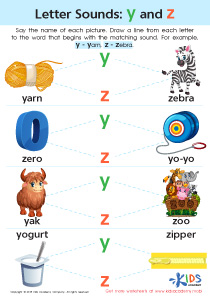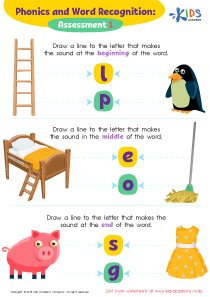Normal Elementary Phonics Worksheets for Ages 7-9
9 filtered results
-
From - To
Boost your child's reading journey with our Normal Elementary Phonics Worksheets designed for ages 7-9! Our engaging worksheets make mastering phonics fun, targeting essential skills like vowel recognition, consonant blends, and word patterns. Perfectly crafted for young learners, these worksheets feature creative activities and colorful illustrations to maintain interest and enhance retention. Whether your child is just starting with phonics or needs extra practice, our materials provide the support needed for reading success. Ideal for classroom use or at-home practice, our worksheets help children develop strong reading foundations, fostering a lifelong love for learning and literacy.
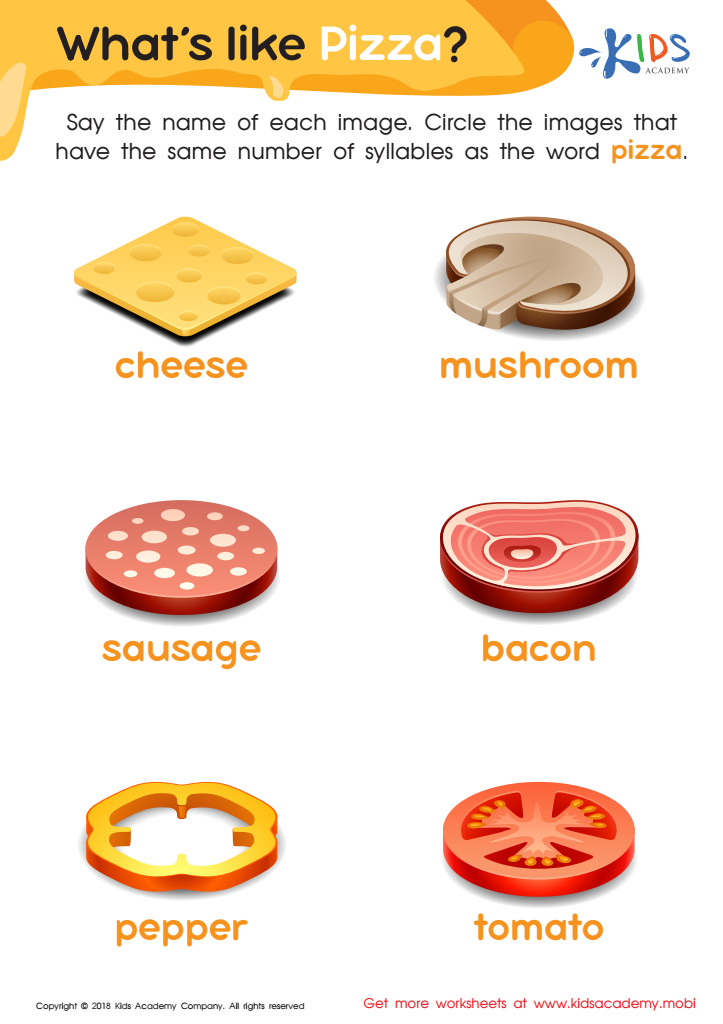

What's Like Pizza? Worksheet
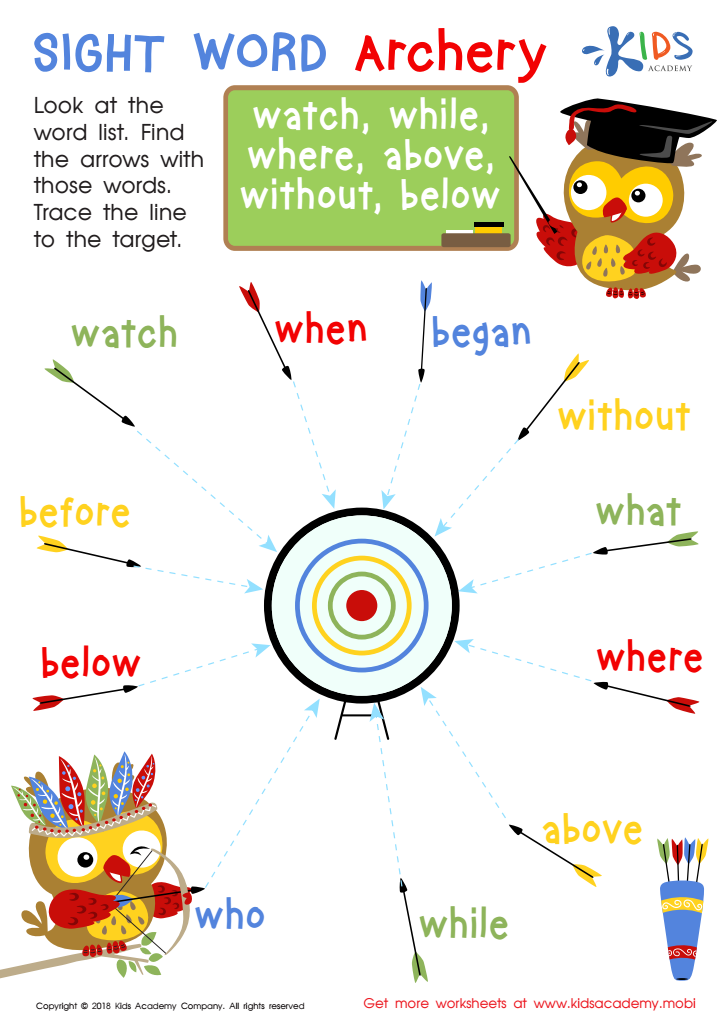

Sight Word Archery Worksheet
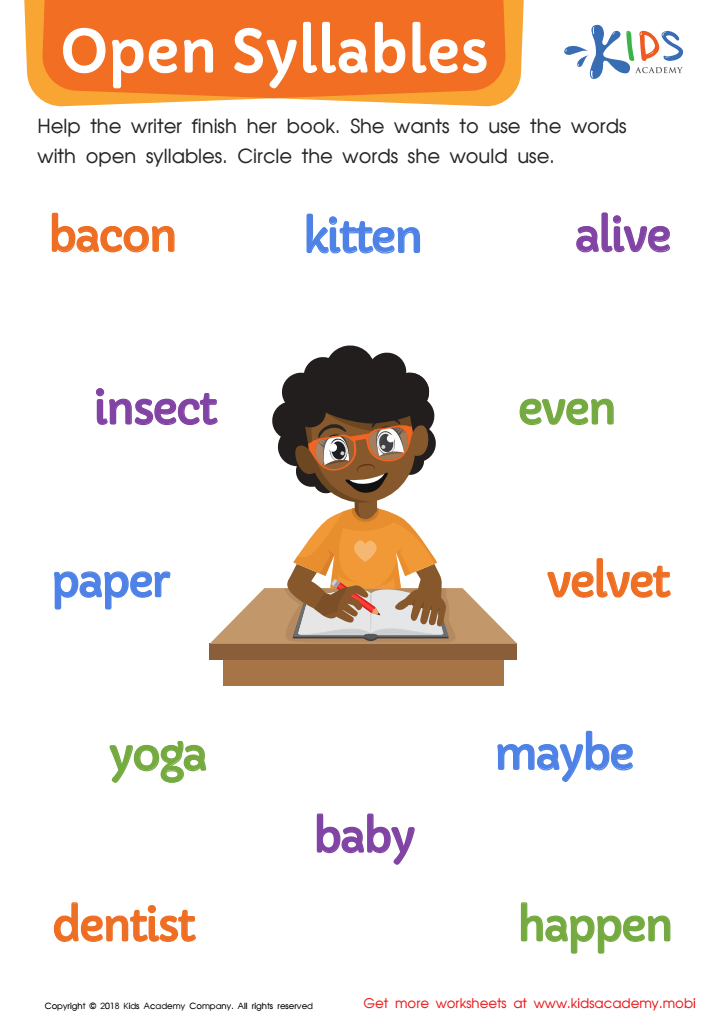

Open Syllables Worksheet
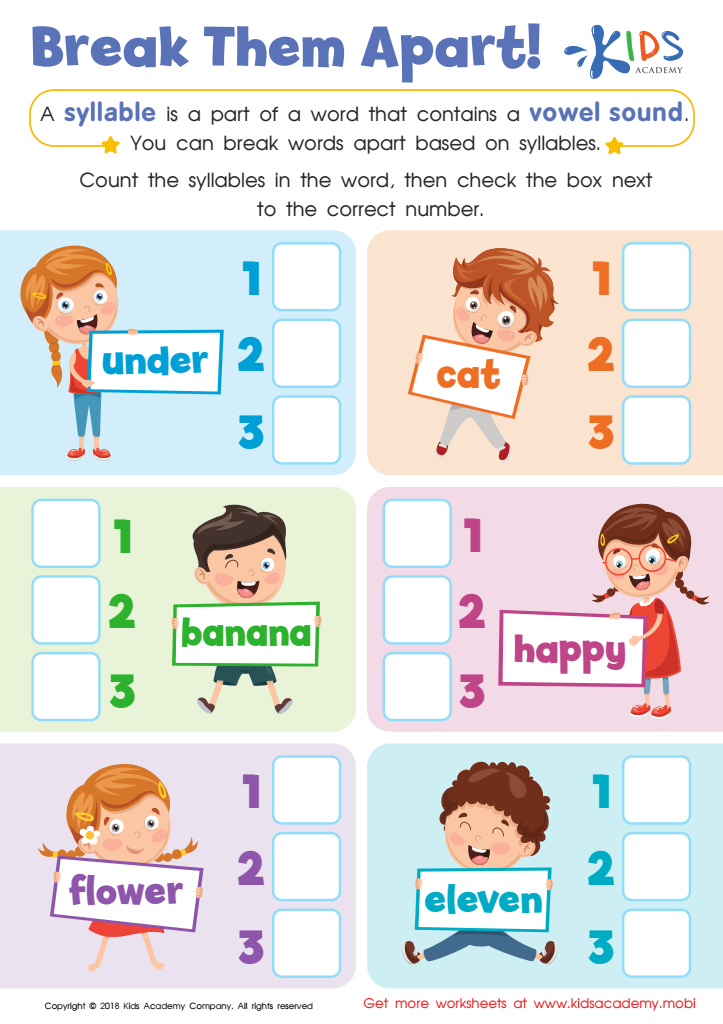

Reading: Break Them Apart Worksheet
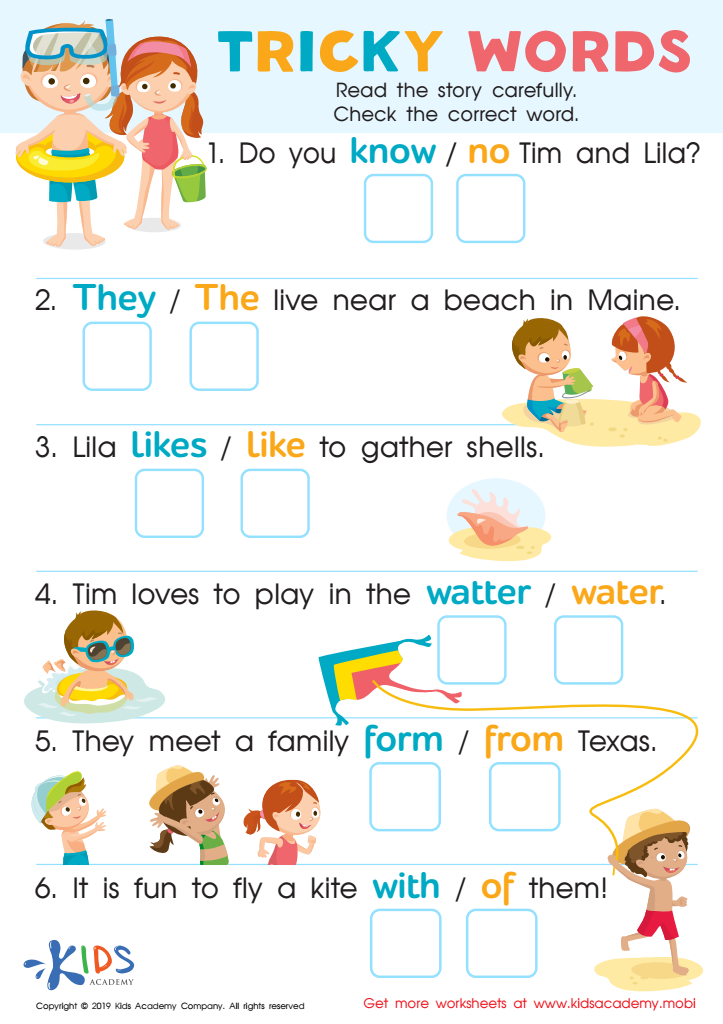

Tricky Words Worksheet
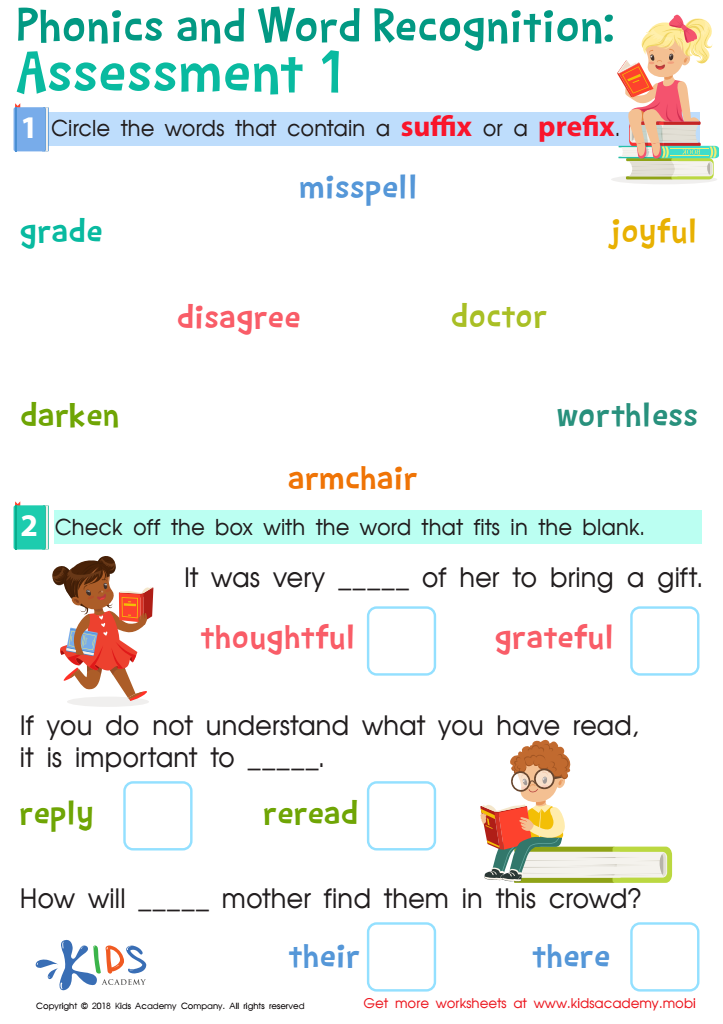

Phonics and Word Recognition: Assessment 1 Worksheet
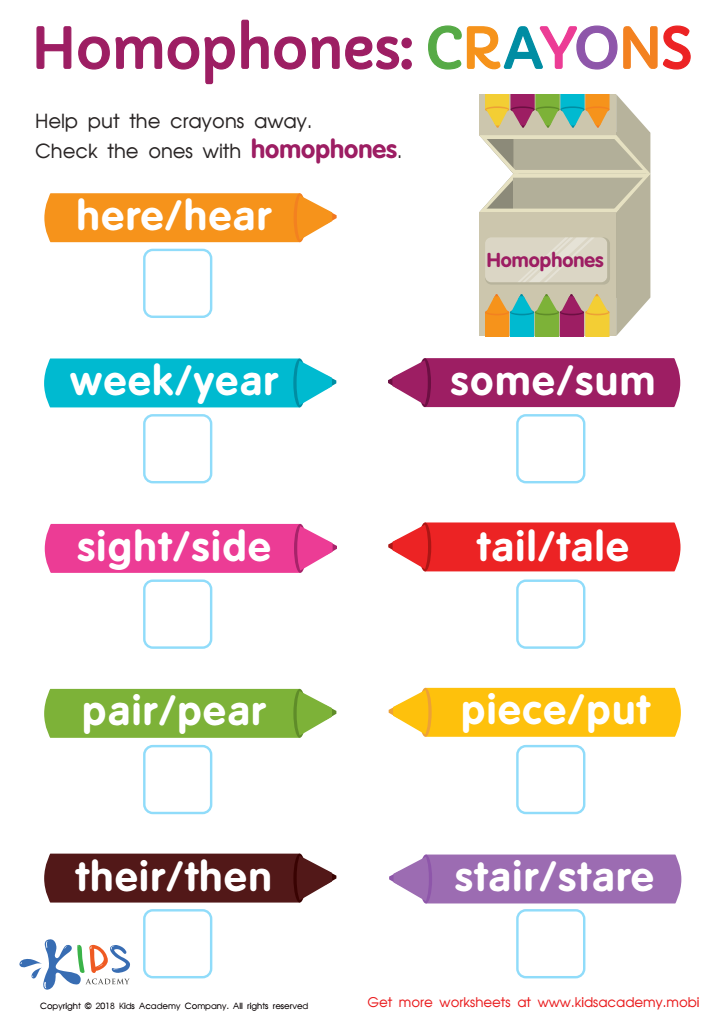

Homophones: Crayons Worksheet
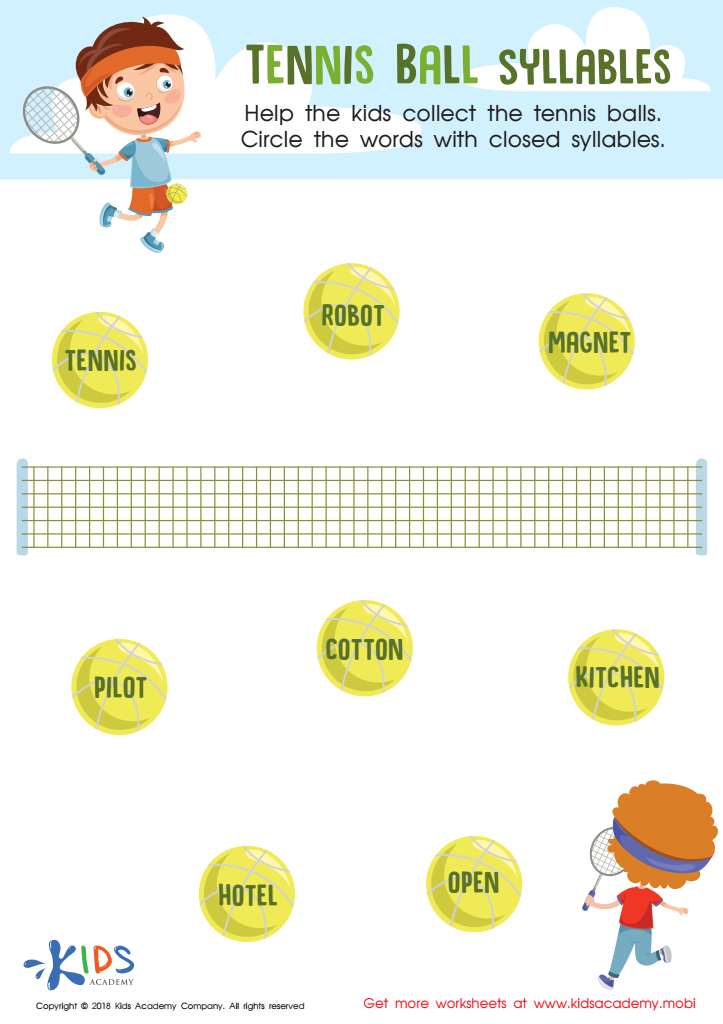

Tennis Ball Syllables Worksheet
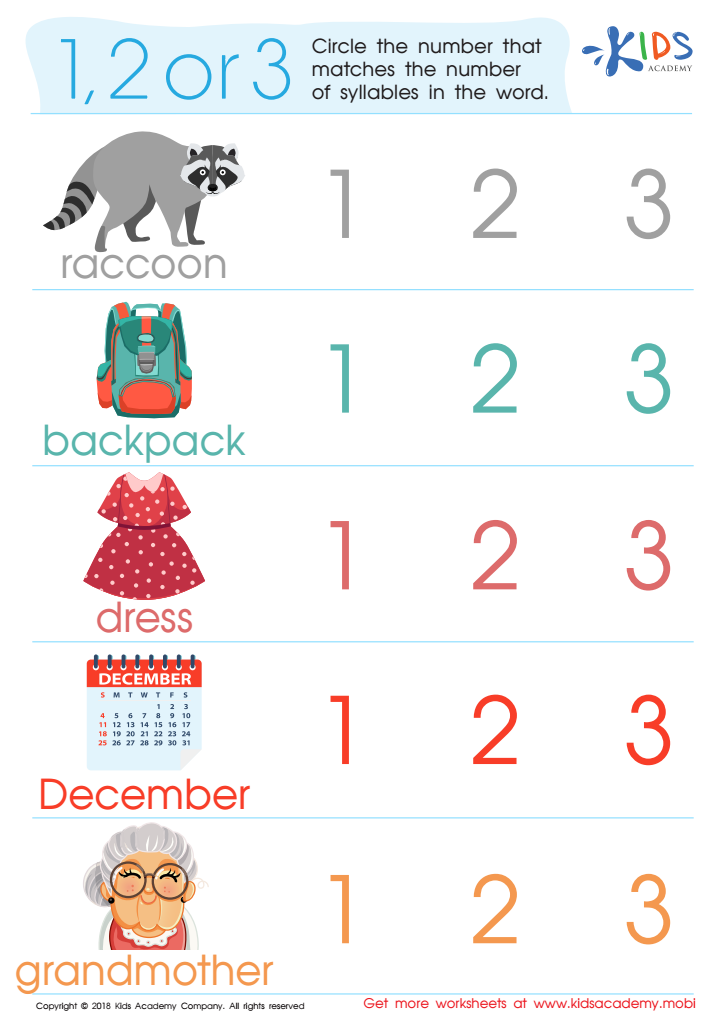

1, 2 or 3? Worksheet
Parents and teachers should deeply care about normal elementary phonics for children ages 7-9 because it serves as a crucial building block in their literacy development. At this stage, children transition from “learning to read” to “reading to learn,” making this period essential for establishing strong reading abilities. Phonics, the method of teaching reading by correlating sounds with symbols, enables children to decode new words independently, enhancing their reading fluency and comprehension.
When children grasp phonics skills effectively, they gain confidence in their reading abilities, which fosters a love for reading. This enthusiasm for reading opens the door to a wealth of knowledge and imagination, positively impacting their academic success and personal growth. Additionally, effective phonics instruction helps prevent reading difficulties, which can lead to frustration and disengagement from learning.
For parents and teachers, investing time in phonics education means laying a strong foundation for their children’s future. Structured and systematic phonics instruction allows children to develop important literacy skills such as recognizing letter sounds, blending phonemes, and segmenting words. It also enhances their spelling abilities, further supporting writing skills.
In essence, phonics is not just an educational tool but a crucial stepping stone towards lifelong learning and successful academic achievement, and it deserves focused and sustained attention.

 Assign to the classroom
Assign to the classroom


